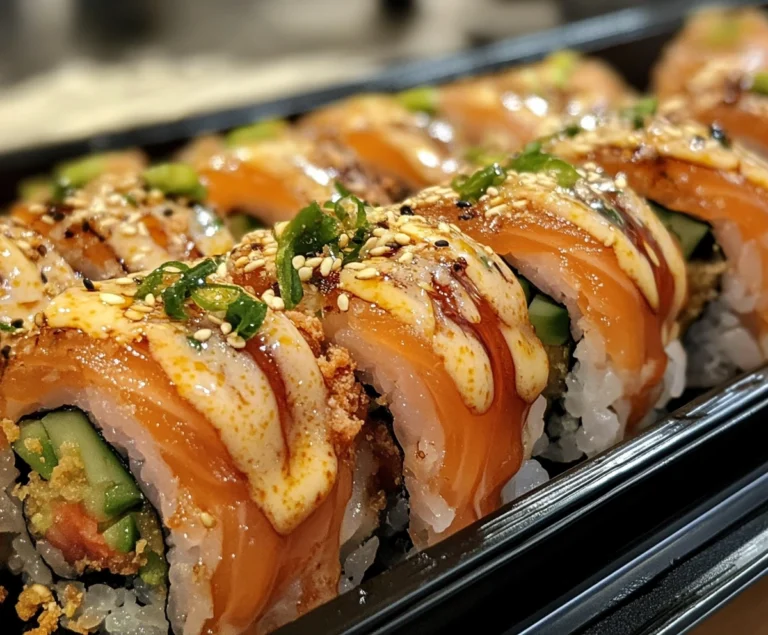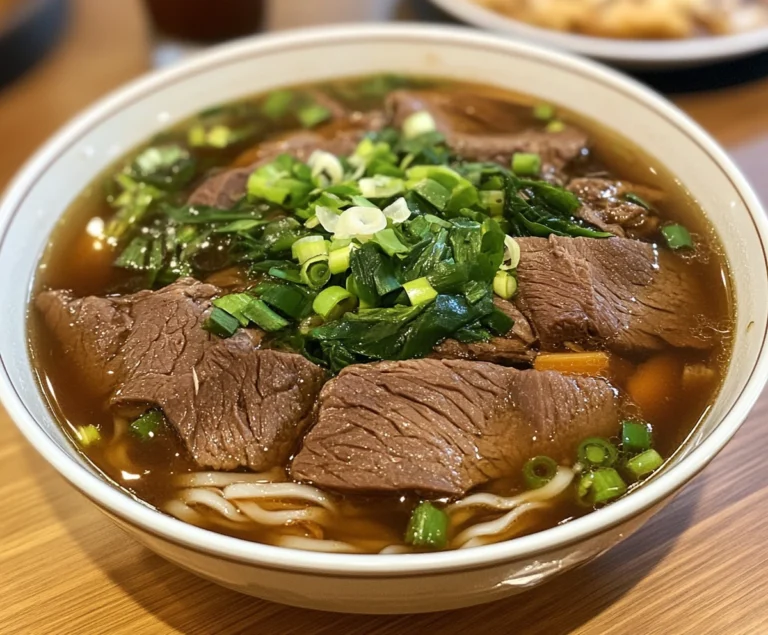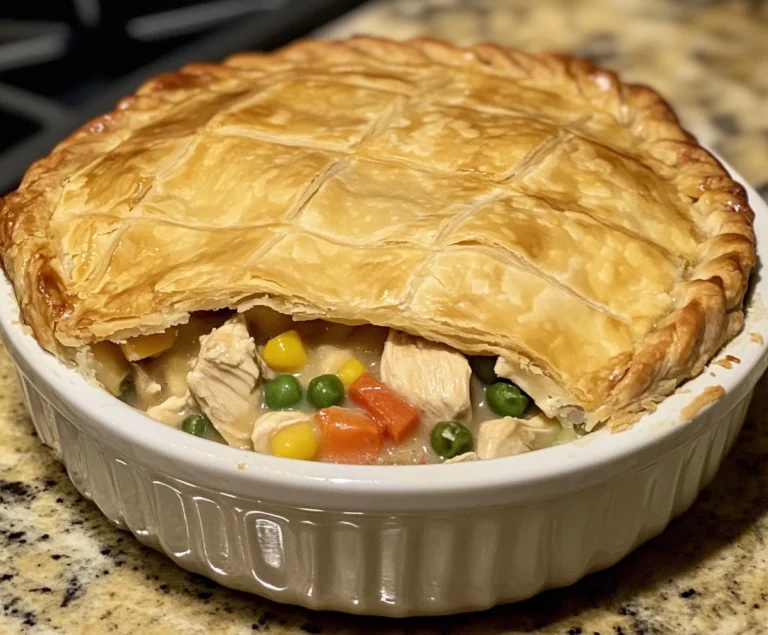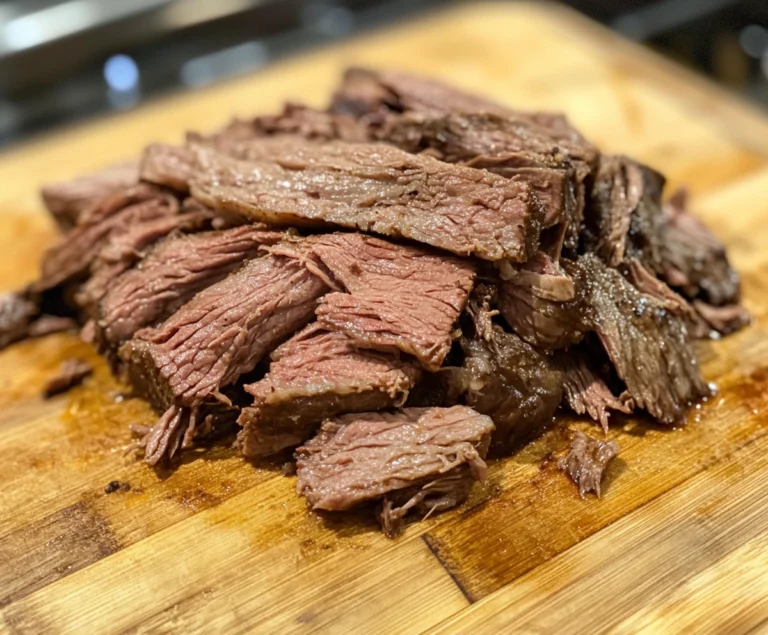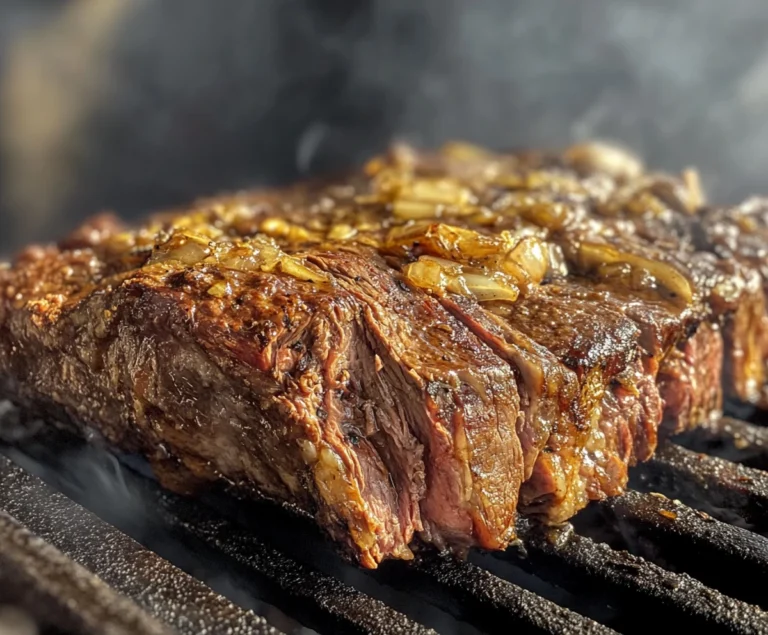Why Does My Chicken Pot Pie Get Watery? A Comprehensive Guide
Chicken pot pie is a classic comfort food, beloved for its creamy, savory filling and flaky, golden crust. It’s the ultimate hearty meal, perfect for family dinners or special occasions. However, nothing is more frustrating than cutting into your homemade chicken pot pie only to find a runny, watery mess instead of the rich, thick filling you expected.
The good news is that a watery chicken pot pie is a common issue with several straightforward solutions. Whether you’re making your pie from scratch or using a pre-made filling, understanding the reasons behind a soupy filling and learning how to prevent or fix it can make all the difference in your pie-making journey.
In this in-depth guide, we’ll walk you through all the possible reasons why your chicken pot pie might be watery and how to ensure a perfectly creamy and thick filling every time. We’ll explore common mistakes, preventive techniques, cooking tips, and ingredient insights, along with answering frequently asked questions. By the end of this article, you’ll be a master of the perfect chicken pot pie!
Understanding the Problem: Common Causes of a Watery Chicken Pot Pie
A watery chicken pot pie can be the result of several factors, including too much liquid in the filling, undercooked vegetables, or improper baking techniques. Let’s break down the most common reasons for a soupy pie and how to address each one.
1. Too Much Liquid in the Filling
One of the most common culprits of a watery pot pie is using too much liquid in the filling. The filling of a traditional chicken pot pie is usually made with a mixture of broth, milk, cream, and a thickening agent like flour or cornstarch. However, if you add too much broth, milk, or cream, the filling can become too loose and watery, making it impossible for the pie to set properly.
Causes of Excess Liquid:
- Chicken Broth: While broth adds a delicious savory flavor to the pie, it can be easy to overdo it. Adding too much broth will overwhelm the other ingredients and result in a watery texture.
- Milk or Cream: Milk or cream is often used to create a rich, creamy texture in the pie filling. However, if too much is added, it can make the filling too runny.
- Vegetable Juices: Vegetables like onions, carrots, and celery release water as they cook. If these vegetables are not pre-cooked or drained, their moisture can add to the overall liquid content in the pie.
How to Prevent Excess Liquid:
- Measure Liquid Ingredients Carefully: One of the simplest solutions is to measure your ingredients carefully. Recipes typically call for a specific amount of broth or milk, and exceeding this can cause the filling to become too watery.
- Simmer the Liquid Before Adding It to the Pie: Before adding the broth, milk, or cream to the pie filling, simmer it on the stove to reduce the amount of liquid. This will allow excess moisture to evaporate and help thicken the mixture. Keep stirring the filling until it reaches a gravy-like consistency.
- Thicken with Cornstarch or Flour: You can add a thickening agent like flour, cornstarch, or arrowroot powder to absorb some of the excess liquid. When using flour, mix it with butter to make a roux, then add it to the filling. Cornstarch should be mixed with cold water before being added to the hot filling to avoid clumps.
Tip: Avoid Overly Watery Vegetables
Vegetables are a staple in any chicken pot pie, but some vegetables, such as mushrooms and zucchini, release a lot of moisture when cooked. If you’re using high-water-content vegetables, consider sautéing or roasting them before adding them to the pie to eliminate excess water. Vegetables like carrots, celery, and peas are firmer and release less water, making them ideal for this dish.
For more tips on balancing liquid and thickening agents in pies, check out this detailed guide on using cornstarch and flour.
2. Not Using Enough Thickening Agents
Another common mistake is not using enough thickening agents in your pie filling. The thickening agent, whether it’s flour, cornstarch, or a roux, helps bind the liquids together, creating that perfect creamy texture in your pie. Without enough thickening agents, the liquids can’t thicken properly, leading to a runny filling.
Understanding Different Thickening Agents:
- Flour: Flour is one of the most commonly used thickening agents in savory dishes. It’s typically added to the sautéed vegetables to create a base for the filling. The flour helps absorb the liquid and creates a thicker, more cohesive filling.
- Cornstarch: Cornstarch is a stronger thickener than flour and works much faster. It’s best to mix cornstarch with cold water before adding it to the hot filling to prevent clumping. Just a small amount of cornstarch can make a big difference.
- Roux: A roux is a mixture of equal parts flour and fat (usually butter) that is cooked together before liquid is added. A roux creates a smooth, creamy texture and is perfect for chicken pot pie filling.
- Arrowroot Powder: A gluten-free alternative to flour, arrowroot powder is another effective thickening agent. It thickens at lower temperatures and gives the filling a glossy finish.
How to Use Thickening Agents:
- Flour: When using flour as a thickener, cook it with the vegetables and butter to remove the raw flour taste. After a few minutes of cooking, add the liquids (broth, milk, cream) and allow the filling to simmer until it thickens.
- Cornstarch: Mix cornstarch with cold water to form a slurry, then stir it into the hot filling. Cornstarch works quickly, so you should see the filling start to thicken almost immediately.
- Roux: If you’re using a roux, cook the flour and butter together until it forms a paste, then gradually add the liquids while stirring constantly. The roux will thicken the sauce as it simmers.
Tip: Avoid Over-Thickening
While not using enough thickener can lead to a watery pie, over-thickening can create a pasty or overly dense filling. Be sure to use the right amount of thickening agent based on your recipe.
For more detailed advice on using different thickening agents, read this comprehensive baking guide.
3. Undercooked Vegetables and Chicken
One of the less obvious reasons for a watery chicken pot pie is undercooked vegetables and chicken. Vegetables, especially onions, carrots, celery, and mushrooms, contain a significant amount of water. If they aren’t cooked thoroughly before being added to the filling, they will release moisture during baking, which will result in a watery pie.
Similarly, undercooked chicken can release juices into the filling as it bakes, adding excess moisture to the pie.
How Vegetables and Chicken Add Water to the Filling:
- Vegetables: Vegetables like onions, carrots, and celery contain a lot of water, which they release when they cook. If these vegetables are added raw to the filling, they will release their water into the filling as the pie bakes, making the filling watery.
- Chicken: When cooking chicken for pot pie, it’s important to pre-cook it thoroughly. If you add raw chicken to the pie filling, it will release juices as it cooks, leading to a watery pie.
How to Prevent Watery Vegetables and Chicken:
- Sauté the Vegetables: Cook your vegetables before adding them to the filling. Sauté them in a skillet until they are tender and most of their moisture has been released.
- Roast or Sauté Chicken: Pre-cook the chicken by roasting, grilling, or sautéing it before adding it to the filling. This ensures that the chicken is fully cooked and won’t release additional moisture during baking.
For more tips on cooking and preparing vegetables for your pie, check out this article on vegetable preparation.
4. Venting and Crust Issues: Preventing Steam Buildup
Another important factor to consider is proper ventilation in your pie crust. If the pie doesn’t have enough ventilation, steam gets trapped inside the pie, creating additional moisture and making the filling watery. Additionally, improper crust techniques can cause the crust to absorb moisture from the filling, resulting in a soggy bottom.
How to Vent a Chicken Pot Pie:
- Cut Slits in the Top Crust: To allow steam to escape, cut a few slits into the top crust before baking. This will help prevent steam from building up inside the pie, which could otherwise make the filling watery.
- Use a Lattice Crust: For even more ventilation, consider using a lattice crust. The gaps between the strips of dough will allow more steam to escape, helping to keep the filling thick.
Preventing a Soggy Crust:
- Blind Bake the Bottom Crust: If your chicken pot pie has a bottom crust, you can blind bake it before adding the filling to prevent sogginess. Blind baking involves pre-baking the crust until it’s partially cooked and firm, which helps it stay crisp even after the filling is added.
- Egg Wash: Brushing the bottom crust with an egg wash before adding the filling can create a barrier that prevents moisture from seeping into the crust.
For more advice on preventing a soggy bottom crust, explore this guide on proper crust techniques.
5. Baking at the Wrong Temperature
Baking your chicken pot pie at the wrong temperature can also cause a watery filling. If the oven temperature is too low, the filling may not cook through properly, and the liquid won’t have a chance to thicken. On the other hand, if the oven is too hot, the crust may brown too quickly, leaving the filling undercooked and runny.
The Ideal Temperature for Chicken Pot Pie:
- Baking Temperature: The recommended baking temperature for a chicken pot pie is 400°F (200°C). This temperature allows the filling to cook thoroughly and the crust to become golden and crisp.
- Baking Time: The pie should bake for about 40-50 minutes, depending on the size of the pie and the specific recipe. Be sure to check that the filling is bubbling and the crust is golden before removing the pie from the oven.
Common Mistakes:
- Opening the Oven Door Too Often: Repeatedly opening the oven door can cause fluctuations in temperature, which may prevent the filling from cooking properly. Try to avoid checking the pie too often during baking.
- Not Letting the Pie Set: After removing the pie from the oven, allow it to sit for about 10-15 minutes before serving. This resting period gives the filling time to set and thicken, ensuring it’s not too runny when sliced.
How to Properly Thicken Chicken Pot Pie Filling
Thickening the filling of a chicken pot pie is one of the most important steps in achieving the perfect consistency. Whether you’re using a roux, cornstarch, or flour, understanding how to properly thicken the filling is crucial to avoiding a watery mess.
Simmering the Filling:
Simmering the filling before adding it to the pie crust is essential to ensure that it thickens properly. This process allows the liquid to reduce, and it gives the thickening agents time to work.
- Simmer Time: Simmer the filling on the stove for 5-10 minutes after adding the thickening agent. Stir frequently to prevent the filling from sticking to the bottom of the pan.
- Reduce Excess Liquid: While simmering, you can reduce the amount of liquid in the filling by allowing it to cook down. This will help thicken the filling and concentrate the flavors.
Using the Right Thickening Agent:
The choice of thickening agent can greatly impact the final texture of the pie filling. Each thickening agent has its own unique properties and should be used according to the recipe’s instructions.
- Flour: If using flour as a thickener, be sure to cook it with the butter and vegetables to form a roux. This method prevents the filling from tasting “floury” and helps create a smooth texture.
- Cornstarch: Cornstarch thickens very quickly, so be careful not to add too much. Always mix cornstarch with cold water before adding it to the hot filling to prevent clumping.
Additional Tips for the Perfect Chicken Pot Pie
Pre-baking the Bottom Crust:
If you’re using a bottom crust, consider pre-baking it before adding the filling. This step, also known as “blind baking,” helps prevent the crust from becoming soggy when the filling is added. Use pie weights to keep the crust flat as it bakes.
Let the Pie Rest Before Slicing:
Once the pie has finished baking, let it rest for 10-15 minutes before slicing. This gives the filling time to set and thicken, reducing the likelihood of a runny filling spilling out.
Don’t Overfill the Pie:
Resist the temptation to overfill the pie. Adding too much filling can prevent the crust from sealing properly and cause the filling to spill over during baking, making a mess in the oven and resulting in a watery pie.
Frequently Asked Questions (FAQs)
Why is my chicken pot pie watery even after using thickening agents?
There are several reasons this could happen. You may not have used enough thickening agent, or the filling wasn’t cooked long enough before being added to the crust. Additionally, too much liquid could have been used in the recipe, or the vegetables may have released excess moisture during baking.
Can I fix a watery chicken pot pie after it’s baked?
Yes! One way to fix a watery pie is to remove it from the oven and let it rest for 10-15 minutes. During this time, the filling may thicken as it cools. If the pie is still too runny, you can try adding a cornstarch slurry (cornstarch mixed with cold water) and stirring it into the filling. Then, bake the pie for an additional 10-15 minutes to allow the filling to thicken.
How can I keep my chicken pot pie crust from getting soggy?
To prevent a soggy crust, consider blind baking the bottom crust before adding the filling. You can also brush the crust with an egg wash, which creates a barrier between the filling and the crust. Additionally, make sure to properly vent the pie to allow steam to escape, which will help keep the crust crispy.
What vegetables are best for chicken pot pie?
Vegetables like carrots, peas, onions, and celery are commonly used in chicken pot pie because they hold their shape well and don’t release too much moisture during baking. Avoid vegetables like zucchini and mushrooms, which tend to release a lot of water and can make the filling too watery.
What’s the best way to thicken chicken pot pie filling?
The most common way to thicken chicken pot pie filling is by using a roux (a mixture of butter and flour). You can also use cornstarch, which thickens the filling quickly and effectively. Simmering the filling before adding it to the pie crust is also important to reduce excess moisture and ensure the filling is thick and creamy.
Conclusion
A watery chicken pot pie can be a frustrating experience, but with the right techniques, you can prevent this common issue and create a perfectly thick and creamy filling. By carefully measuring your ingredients, using proper thickening agents, pre-cooking vegetables and chicken, and allowing the pie to bake at the right temperature, you’ll be able to enjoy a delicious, savory pie with a crispy crust and rich, flavorful filling.
For more tips, recipes, and baking guides, check out Aurelia Recipes.


